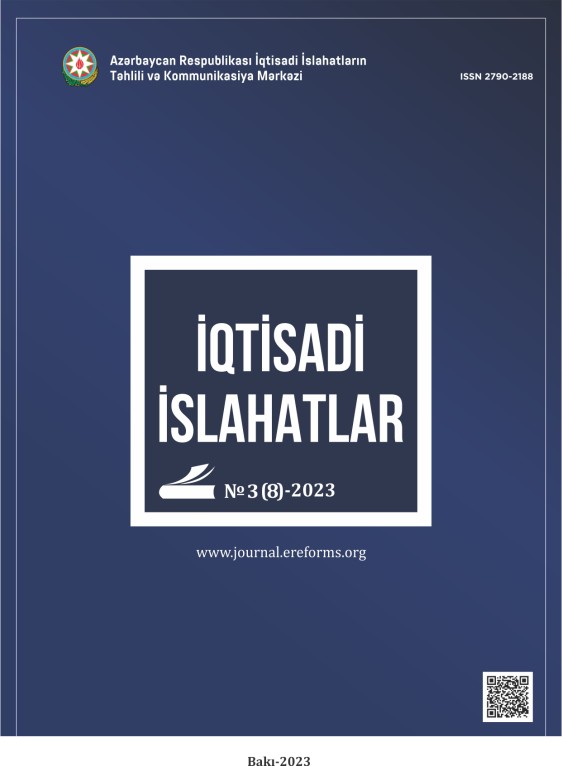Inflation targeting in monetary and credit policy of central banks
Summary
The complex economic processes taking place in the globalized modern world affect the world economy through various channels. Recently, the price of oil in the world markets has fallen to the lowest level in the last ten years, which has led to a decrease in foreign exchange reserves in countries and a decrease in the supply of foreign currency. Inflation targeting is a strategic approach used by central banks' monetary and credit policies to achieve price stability in the economy. This strategy involves the annual percentage growth of the consumer price index (CPI) and the use of monetary policy instruments, with the central bank setting an open target for the inflation rate.
The purpose of inflation targeting is to reflect the complex processes and trends of macroeconomic development in the form of a statistical-graphic model, to examine various scenarios and to make effective decisions supporting the maintenance of price stability through the model. In the study of inflation targeting regimes, attention is paid to issues such as economic growth in the country, reduction of unemployment, balanced trade in foreign trade relations, improvement of financial policy and economic behavior at the level of economic institutions.
